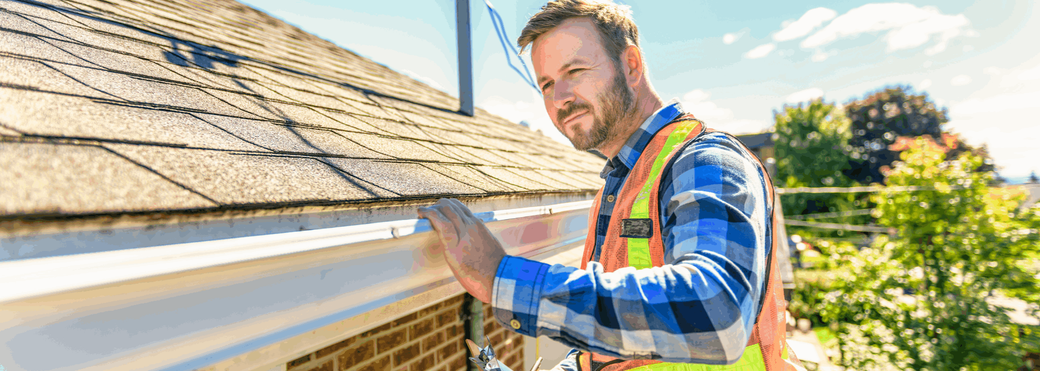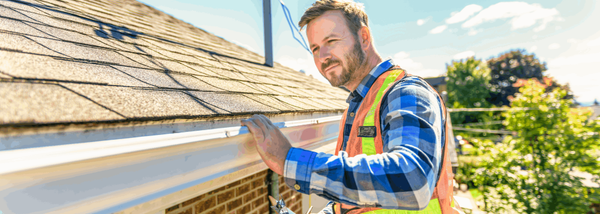Maintaining Your Roof in Florida: New Laws and Tips for Homeowners

Florida, with its sunny climate and beautiful landscapes, is a popular destination for homeowners. However, the state's unique weather patterns, including the threat of hurricanes and intense sun exposure, make roof maintenance a crucial aspect of homeownership. In recent times, Florida has introduced new laws that affect roof requirements for homeowners' insurance, aiming to strike a balance between homeowner protection and insurer sustainability. In this blog, we'll discuss these new laws and provide valuable tips on how you can maintain your roof in the Sunshine State.
New Florida Laws for Roof Requirements
One of the significant changes in Florida's roof requirements for homeowners' insurance is related to the age of the roof. Companies are now prohibited from denying coverage solely based on a roof's age if the roof is less than 15 years old. For roofs that are older than 15 years, insurers must allow homeowners to have an inspection conducted on the roof's condition before refusing coverage. If the inspection reveals that the roof has five or more years of useful life left, the insurance company cannot reject coverage solely because of its age.
Additionally, the new legislation introduces an update that benefits homeowners with roofs that comply with the state's 2007 building code. Previously, severely damaged roofs often required complete replacement, which could be a significant financial burden. Now, roofs that meet the 2007 building code can be repaired instead of needing a full replacement, even when they are more than 25 percent damaged. This change is made possible by a new exemption added to the building code.
Types of Roofs and How to Extend Their Lifespan
Your roof is one of the most critical components of your home, providing protection and shelter from the elements. In Florida's unique climate, where the sun's intense rays and the potential for hurricanes are constant concerns, understanding the types of roofs and how to extend their lifespan is crucial.
Tile Roofs (Expected Lifespan: 30-50 Years)
Tile roofs are a popular choice in Florida due to their durability and aesthetic appeal. With proper care, tile roofs can last anywhere from 30 to 50 years.
Metal Roofs (Expected Lifespan: About 30 Years)
Metal roofs are known for their longevity and ability to withstand Florida's harsh weather conditions. They can last around 30 years or more with proper maintenance.
Shingle Roofs (Expected Lifespan: 15-25 Years)
Shingle roofs are a cost-effective choice but have a shorter lifespan compared to tile and metal roofs. With regular maintenance, you can expect them to last between 15 to 25 years.
Practical Tips for Maintaining Your Roof in Florida
1. Regular Inspections: Schedule regular roof inspections, especially if your roof is older than 10 years. Identify and address any issues promptly to maximize the roof's lifespan.
2. Clean Gutters: Keep your gutters clean to prevent water from backing up onto the roof, which can lead to leaks and damage.
3. Trim Overhanging Trees: Trim branches that overhang your roof to prevent debris and falling branches from causing damage during storms.
4. Insulation: Proper attic insulation helps reduce the transfer of heat into the structural elements of your home, protecting your roof from damage.
5. Attic Ventilation: Ensure your attic has proper ventilation by installing intake vents beneath the soffit and exhaust vents on the ridge of the roof. This prevents excessive heat and moisture buildup.
Maintaining your roof in Florida is essential for the longevity and performance of your home. Understanding the type of roof you have and following these maintenance tips can help extend its lifespan and protect your investment. Remember that proactive care not only ensures the safety of your home but also reduces the likelihood of costly repairs in the future. If your roof is five years or older and hasn't been inspected in the last five years, consider scheduling a professional inspection to address any potential issues promptly. By taking these steps, you can enjoy a durable and resilient roof that stands up to Florida's challenging weather conditions.
Categories
Recent Posts











